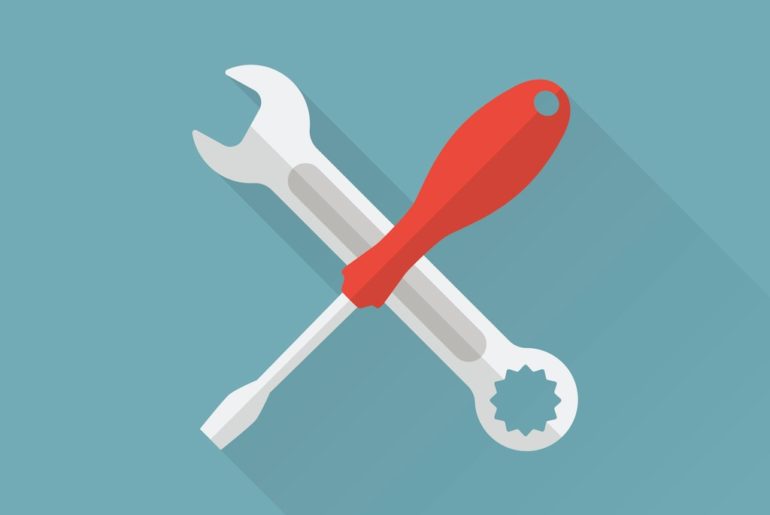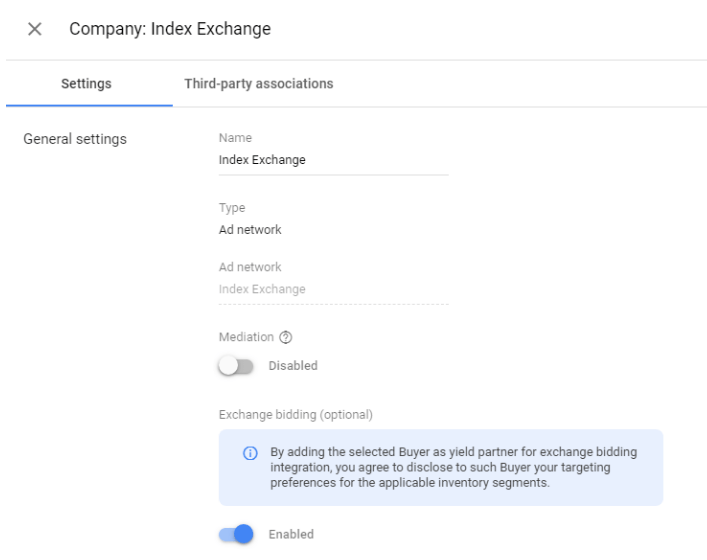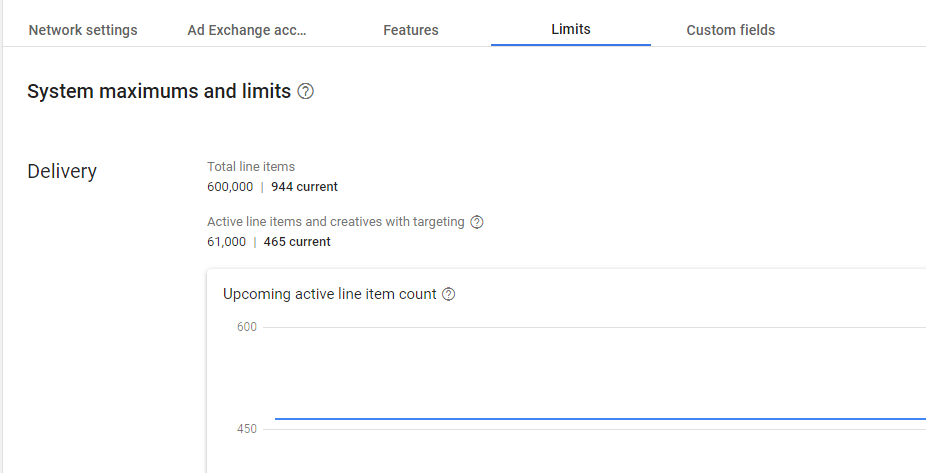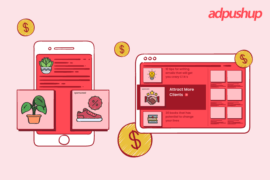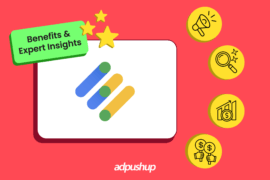Google Ad Manager is a powerful tool with a complex setup, it’s easy to feel lost. Follow these DFP optimization tips to get your account back in shape.
Ad Manager is the most widely used ad server in the world. With more than 50% market share and native integrations like Ad Exchange and EBDA, that share is bound to increase. In spite of this, DFP optimization is something very few publishers undertake. Of course, they know how to set up line items, but there are many things beyond that, which contribute to the long-term ad server health and monetization strategy of the publishers.
Before we start with the topic, do you know all the jargon used in DFP? No? Here is a glossary to help.
These optimizations can be broadly classified into two parts: (1) Ad server hygiene and (2) Yield and optimization. Let’s discuss them one by one.
Ad Server Hygiene
This has second-order benefits associated with it in long-term debugging, troubleshooting, and reporting issues. It’s best to equate hygiene to writing comments in your codebase. It does not necessarily make the code faster, but it makes it easier to comprehend for someone new.
1. Decide a Naming Convention
Not following a naming convention is a recipe for disaster in the long term DFP Optimization, especially as you grow your website traffic and keep adding new sections to the sites. For instance, an ad unit named ‘xyz.com_100’ signifies nothing, compared to an ad unit name that follows naming conventions such as ‘abc.com_Sports_ ATF_300x250_Desktop’.
SiteName_SectionName_Fold Position_Size_PlatformA modified version of the convention above is a good standard to adhere to in the long-term.
2. Create a User Permission Grid
As your team grows, you will hire more people into your sales, programmatic, and operations teams. A string of decisions and workflows will emerge, which will lead to an increasing number of people getting added to the DFP. It is, therefore, best to have the demarcation in place for different sorts of users and assign them rights such as view access, edit access, and admin access. Here is a complete list of roles and permissions.
3. Activate Additional Settings for DFP Optimization
There are a lot of additional settings and features that first need to be enabled from within the Settings (Global) tab before they can be used. EBDA and AdX Account Linking are a couple of such features. All the new companies, advertisers must also be verified here first before they are added. All account limits and the default account settings are also set from here in the Admin section. Not enabling services from here will render all your DFP Optimization practices rendered invalid
4. Follow Line Item Conventions
There is a clear demarcation between guaranteed and non-guaranteed line items. But it is common (and not a very good practice) to run non-guaranteed impressions within Sponsorship or Standard line item types. Doing this can introduce ad delivery problems and it also messes up the reporting. Here is the DFP line item priority, this list signifies the order in which the impressions will be eligible to be viewed.
5. Use Key-value Pairs for Better Reporting
DFP allows you to setup key-value pairs, which can make reporting very streamlined and straight forward, but a lot of ad traffickers don’t make optimal use of them. There is also a tendency to use only fixed key-value pair types but the free form key-value pairs also work wonders in some use cases. The same goes for key values that are set at page level versus the ones which are set at the slot level. You can read more about key-value targeting here. Using Boolean operators when dealing with key values in reporting is another underrated hack when it comes to DFP Optimization.
Yield and Optimization
This section refers to using data analysis and optimization techniques to maximize performance and revenue. We will look at how you can aim for better RoI (Return on Investment) and more revenue per impression/ session. Here is a non-exhaustive list of techniques you can look at to optimize your digital ad revenue using DFP.
- Setup GPT Passback Tags
Not all ad networks provide a 100% fill rate. Let’s say your website generates 100 ad requests and the ad network only fills 70 of these impressions, the other 30 impressions go to waste. Passback tags can help you monetize those 30 remnant impressions. These tags are used when a third-party server doesn’t have an ad to serve or when an ad doesn’t meet the minimum CPM/floor price that has been configured. In these cases, the third-party server instead serves the GPT passback tag, which returns a house ad or other remnant ad from your own Ad Manager network.
- Enable Dynamic Allocation for Better CPMs
Dynamic Allocation allows you to make your ad network compete with Google demand (AdX or AdSense). As and when an ad impression is available, along with the ad network providing the CPM, Google demand sources also provide a CPM in parallel and compete in the auction, this increases bid pressure and creates more competition for your ad inventory.
- Experiment with Additional Targeting Options
Instead of just targeting by inventory and geography, there are loads of other targeting options that DFP provides. Here are some ways you can target inventory on that are rarely used: Devices, Connection, Mobile application, Video, Browser, Operating system, Browser language, Device capability, Device manufacturer, Bandwidth, and Mobile carrier.
- Deploy S2S and Hybrid Header Bidding
It’s always a good idea to add new ad networks to price priority line items to enable more ad networks to compete for your ad inventory. However, with recent improvements in header bidding frameworks, leveraging server-side and hybrid header bidding models is something everyone should look at doing, instead of just focussing on client-side header bidding.
- Optimize DFP with Query Tool Reporting
In addition to the standard reporting metrics such as CPM and ad viewability, the query tool is a gold mine for data even in its free version, which provides bid level logs. This, in turn, can help drive pricing decisions around where to price your fixed inventory and which advertisers to reach out for direct deals (demand path optimization).
Conclusion
DFP will continue to be the first choice for publisher inventory monetization, following some basic standard of hygiene and optimization practices will go a long way in managing your ad stack, along with making sure that you always find ways to push that CPM figure higher.
FAQs
Advertisers and publishers use ad servers to optimize, manage, and distribute ads across a variety of paid channels.
With DoubleClick for Publishers (DFP), you can serve ads for websites, mobile webpages, mobile apps, games, or a combination of devices. Through DFP, banner ads can be targeted very specifically.
With DoubleClick for Advertisers (DFA), agencies and advertisers can manage the entire spectrum of digital advertising. In addition to helping you maximize your advertising revenue, DoubleClick for Publishers (DFP) helps you sell direct ads on your website more effectively.

Shubham is a digital marketer with rich experience working in the advertisement technology industry. He has vast experience in the programmatic industry, driving business strategy and scaling functions including but not limited to growth and marketing, Operations, process optimization, and Sales.
